Table of Contents
Do you want to buy a new TV for your family entertainment or as a present for a friend? If yes, you need to make sure you get the best picture quality, features, and other technical specifications. LG NanoCell TVs and 4K Ultra UHD TVs are some of the options you'll get in the market.
Both TV brands promise the best image quality and other smart features, including a wide range of viewing angles, better contrast ratio, low input lag, etc. This makes them an option for watching your favorite TV shows, movies, or playing games.
So, which one between NanoCell by LG and LG Ultra High Definition (UHD) should you go for and why?
Key Takeaways
- Excellent picture quality, gaming performance, etc. are promised by the LG NanoCell TV. Due to the inclusion of features like HDMI 2.1, it is also a model that is future-proof.
- The IPS panel screen is one of the LG NanoCell TV's best qualities. Wide viewing angles and exceptional color rendering are two benefits of IPS panel technology.
- Samsung QLED TVs have higher contrast and deeper blacks. You can rely on precise colors and higher-quality photographs thanks to this. To appreciate the highest-quality visuals, you must sit straight across from the screen because they only offer a few viewing angles.
- An anti-reflective coating is present on the IPS panel used by the LG NanoCell TV. The TV is a great option for use in a bright space because the screen layer can handle ambient light. The LG TV, however, is not the ideal choice if you want a TV to watch your movie evenings in dimly lit rooms.
Is LG NanoCell TV the Better Option?
LG is a reputable company producing both OLED (see NanoCell and OLED comparison) and LCD TVs. LG NanoCell TV promises top-notch picture quality, gaming performance, etc. It is also a future-proof model as it comes with features such as the HDMI 2.1. (see our NanoCell TVs guide, too).
One of the most outstanding features of the LG NanoCell TV is the IPS panel screen. The IPS panels technology is popular for offering wide viewing angles and outstanding colors.

So, how does the NanoCell TV work?
The LG TVs come with a filter layer that uses nano-scale particles to remove unwanted dull particles from the image on the screen. The layer is a light-absorbing filter that absorbs the unwanted light wavelengths resulting in purer reds and greens.
This helps achieve smooth transitions between similar colors, resulting in real images such as real trees, skies, grass, etc. The IPS panel technology also offers wide viewing angles, ensuring the colors and picture quality remain the same irrespective of your watch position. Therefore, you don't have to fight about who gets the best seat while watching.
Additionally, NanoCell TVs are 4K, and they support various HDR formats, including Dolby Vision, HDR10, etc (see HDR10 vs Dolby Vision review). This ensures your images have incredible contrast and sharp image details irrespective of the watching format.
The image contrast and brightness are also a result of the LG's Alpha 7 Gen 2 processor, which features machine learning capabilities. The LG TV higher-end models also come with a full array dimming. This ensures outstanding contrast by individually controlling the LED backlights. The models feature LED behind the screen that provides full-array local dimming that ensures that some areas of the screen are bright while others are dimmed. This offers brighter whites and deeper blacks, resulting in incredible image details.
What's more?
The LG TV models feature ThinQ AI voice interaction that enables you to control your TV by speaking. The Amazon Alexa feature allows you to control switches, lights, and other smart devices in the house. Finally, the Google Assistant feature helps you to find and watch your favorite shows and movies.
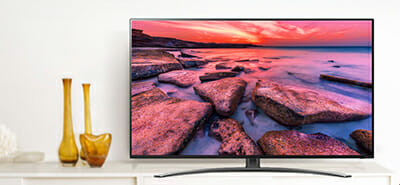
NanoCell TVs also feature webOS, which enables you to search the content to watch. This is made possible by the magic remote, in which you point at your screen and select your favorite content using the cursor that you move by moving the remote.
Are LG NanoCell TVs Similar to 4K?
Simply put, NanoCell TVs are 4K.
4K is the horizontal display resolution of your screen. This means the tv set has 4000 pixels across the screen. Other names that you can use to refer to 4K TV sets include 4K UHD, Ultra High Definition, and UHD TV.
4K TV sets are popular for offering various features, including a high refresh rate. The high refresh rates are available as 60Hz and 120Hz. A higher refresh rate ensures you enjoy sharper images and less motion blur. As you buy your TV set, be wary of brands that tout their devices as offering a 120Hz refresh rate. Although it is the ideal refresh rate, 120Hz is mainly found on expensive TV models.
One impressive feature of UHD TV sets is the support for HDR. It makes it possible to enjoy your HDR content by enhancing contrast and offering a wider color spectrum.NanoCell
Advantages of NanoCell
- Not every aspect of NanoCell TVs is sunshine and rainbows. You must keep in mind the following drawbacks while purchasing one.
- Since NanoCell TVs are still LCDs with a background lighting, shading accuracy and image quality with OLEDs are not quite as good.
- On NanoCell displays, the blacks are not as dark as on OLED TVs.
- The utilization of NanoCell TVs is more than that of OLEDs.
Disadvantages of NanoCell
- Compared to other LED TVs, NanoCell offers superior picture quality and dynamic range with vivid, stunning, and accurate tones.
- The precise tones of a NanoCell TV result in a clear, finely detailed image.
- Costs for NanoCells are in the middle (about a large portion of the cost of an OLED TV).
- In contrast to typical LCD screens, nanoCell TVs don't blur.
- NanoCell TVs can be seen from up to 178-degree points, which is known as wide-point sight.
- When a static image is displayed on a NanoCell TV for a very long time, the device doesn't suffer from the negative impacts of consumption.
UHD
Advantages of UHD
- Compared to NanoCell TVs, UHD provides substantially better picture quality thanks to its extraordinarily deep blacks and dramatic tones.
- Since UHD doesn't require a background illumination that runs constantly, it uses less energy overall.
- Since UHD TVs don't require a background lighting, they can be more slim than other LEDs, allowing them to be used on bending screens and other types, such as rollable TVs.
- The majority of UHD screens boast quick response times and little information lag. For those looking for a TV to mess around on, this is fantastic.
- UHD panels are better for fast-moving video since they react more quickly than older LED and LCD screens (like games or gaming).
- UHD maintains its brilliance and accuracy with incredibly broad evaluation points.
Disadvantages of UHD
UHD costs up to twice as much as LG's NanoCell TVs and significantly more than other LED TVs.
The concept of "consume in," or the moment at which a picture "consumes" into the screen, is accompanied by UHD. Despite this, it typically takes a very long period to be consumed.
Is a NanoCell TV Better than a Samsung QLED?
Both Samsung QLED and NanoCell TVs by LG use the same principle of LCD TV. However, each comes with its particular enhancement technique with its pros and cons.
For instance, the QLED (quantum dot LED TV) by Samsung uses Quantum Dots, which are tiny bits of Nanocrystals layered behind the LCD panel. When some light shines on the Nanocrystals, they illuminate in different colors, including red, green, and blue. The colored light transmits to the red, blue, and green image pixels on your screen. Individual pixels are fed with light in their correct color.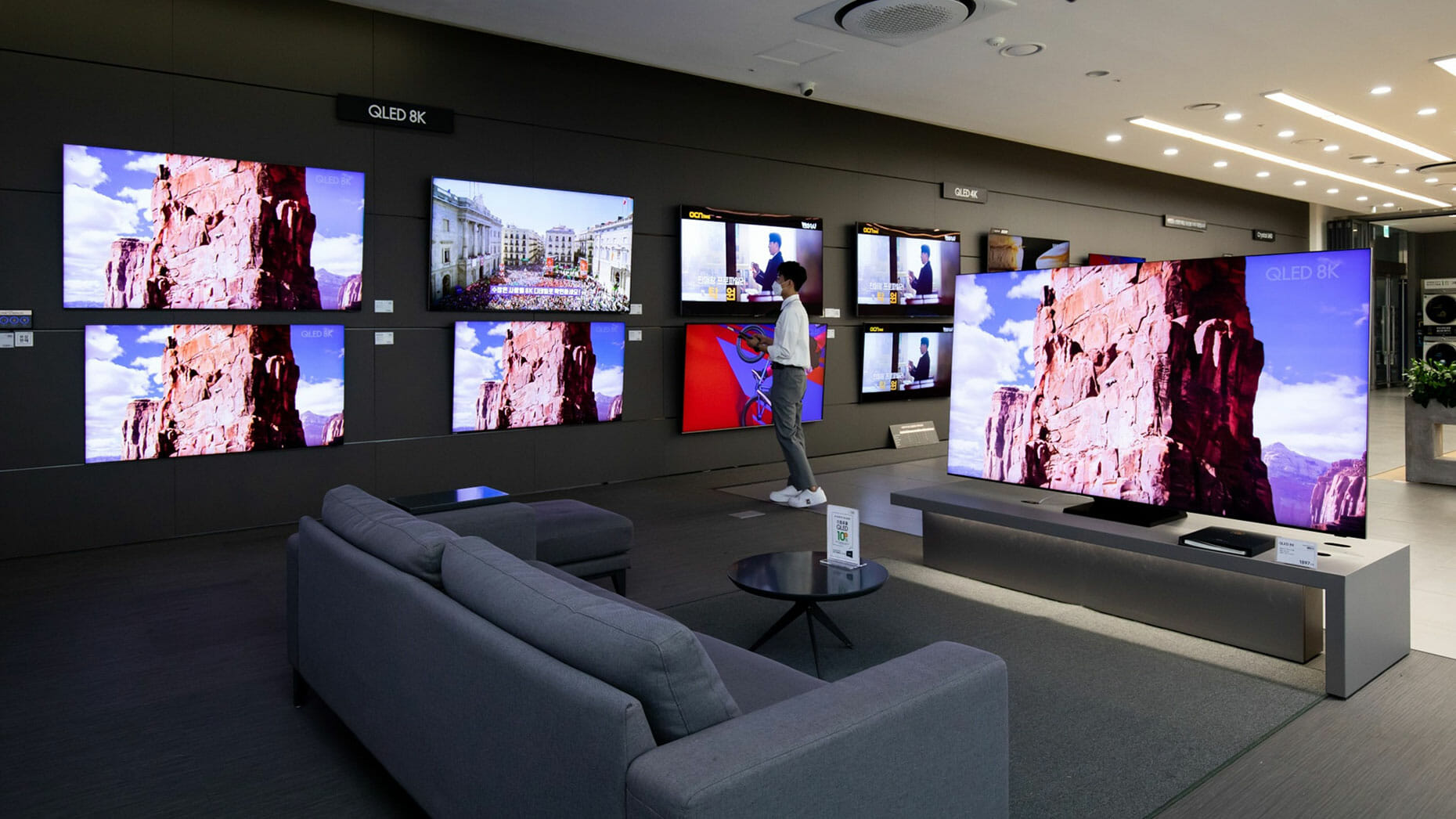
On the other hand, the LG NanoCell tech uses nano-scale particles layered in front of the LCD panel. The particles act as a light-absorbing filter that gets rid of the unwanted dull colors from your image. The result is a smooth transition between similar colors, and you enjoy purer greens and reds.
Additionally, the Samsung QLED TV uses vertical alignment panels. The VA panels use vertically inclined liquid crystals (see also Crystal UHD) which will tilt when you apply voltage to allow light to pass through. The most significant advantage of the VA vs IPS is that you achieve deeper blacks plus sufficient contrast and brightness for HDR content.
However, the panels offer limited viewing angles. Thus, the colors will lose their luminosity when you view them at an angle.
So, which one is the best option?
Samsung QLED TVs offer deeper blacks and a better contrast ratio. This ensures you enjoy accurate colors and better-quality images. However, they offer limited viewing angles, so you need to sit directly opposite the screen to enjoy the best quality images.
On the other hand, LG NanoCell TV uses an IPS panel that features an anti-reflective layer. The screen layer copes with ambient light making the television an excellent choice for use in a bright room. However, if you want a TV to enjoy your movie nights in dimmed rooms, the LG Tv is not the best option.
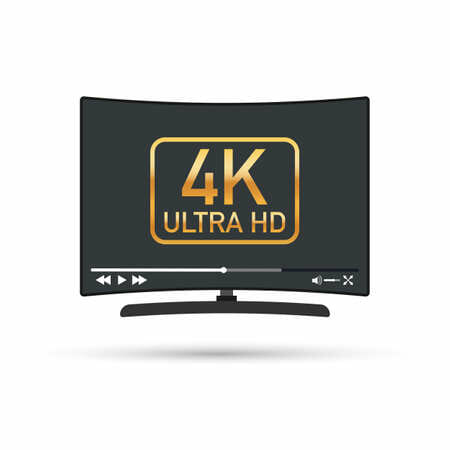
The LG TVs also offer a wide range of viewing angles. Thus, you can watch your screen from any position, including the sides, without distorting the colors or the image quality.
NanoCell TV vs. UHD: Is the Extra Cost Worth It?
When you want to purchase a new TV, there are several factors to consider. For instance, if you are a movie enthusiast and like to enjoy your movies in a dark room at night, an IPS panel screen may not be the best option.
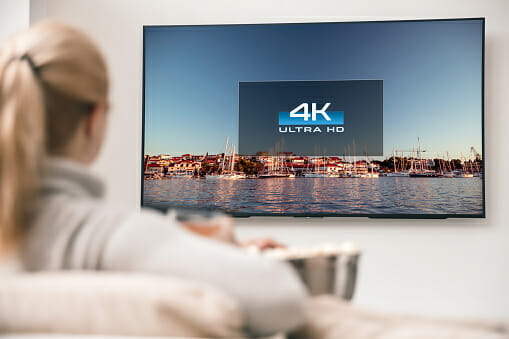
Additionally, if you are a gaming enthusiast, you should go for a TV screen with a higher refresh rate and faster response time. This will help avoid low input lag even when you are playing fast-paced games.
One of the essential factors to consider when you want to buy a TV is budget. Ensure you get the best quality product without spending beyond your budget. When you compare the price of UHD vs. NanoCell TVs, the latter will may cost you a little more money (see also UHD Vs. HD). Before you can cough out the extra cash, ensure you can see what additional features you are paying for. You may not want to overspend and get an inferior product.
Verdict
LG NanoCell TV is an excellent choice when you want to purchase a TV for your family. It comes with various features, including IPS panels, making it a perfect choice to watch your movie or TV show in a bright room. Additionally, it comes with a high refresh rate that makes it ideal for gaming and watching fast-paced content. The color accuracy ensures you enjoy high-quality and lifelike images. The filter layer removes all unwanted dull colors ensuring pure colors and crisp images.

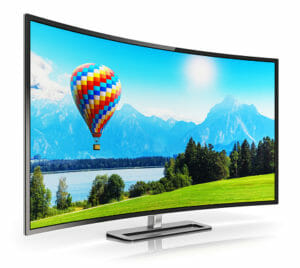

thank you for the precious and accurate information. It’s going to help me choose the tv that best fits my needs.
I purchased an LG Nanocell TV over the UHD LG TV. But started with a 80series 2021 edition, took it back for a 85 series but found out it was a 2020 with a Gen 3 not a Gen 4 like the 80 series but I do have better Refresh Rate at 120 from a 60. So I’m think now for $150 more I can get the LG Nanocell 90 2021 so I say I will be returning the 85 series for the 90 series due its has the latest Gen 4 and the backlighting is better. I do enjoy LG’s I had a UHD for 5years and it performed excellent where I just sold it for $400 to help buy my new LG. Thanks for the input!